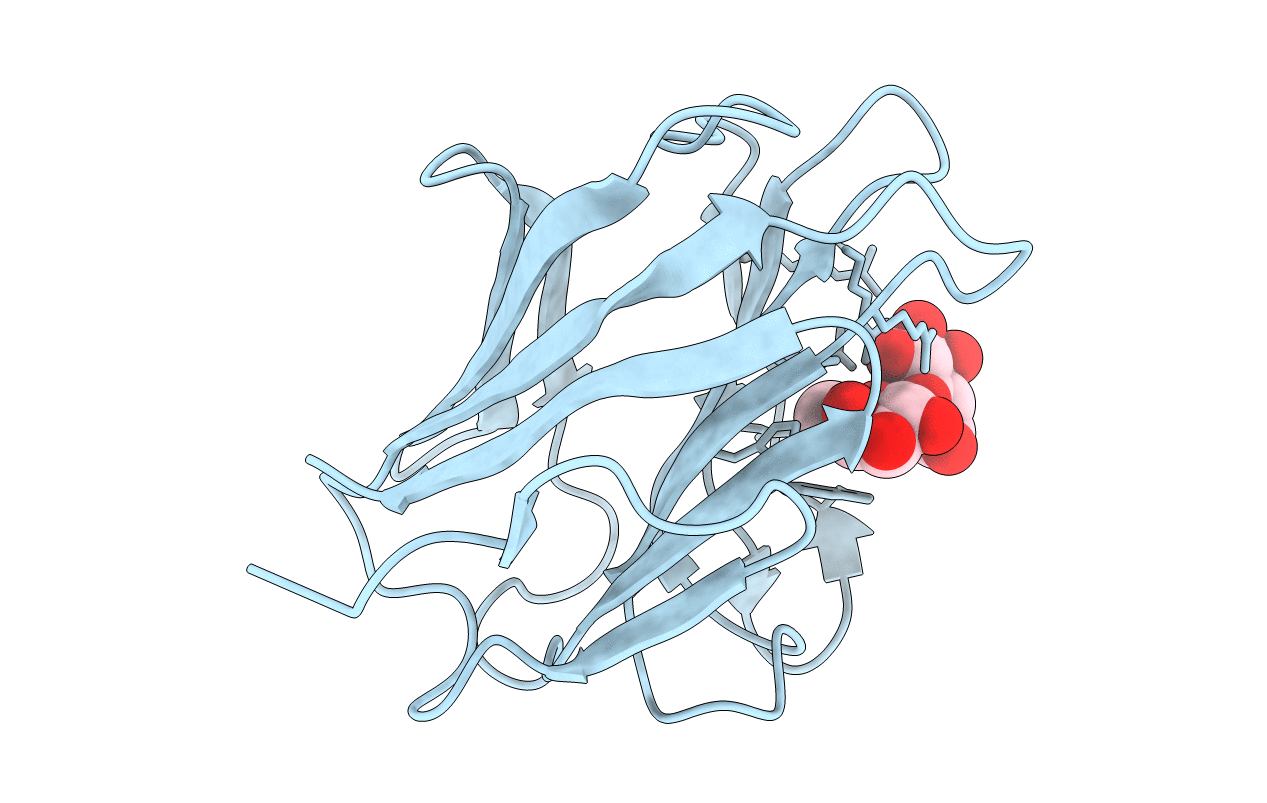
Deposition Date
2010-02-12
Release Date
2010-05-05
Last Version Date
2023-09-06
Entry Detail
PDB ID:
3LSE
Keywords:
Title:
N-Domain of human adhesion/growth-regulatory galectin-9 in complex with lactose
Biological Source:
Source Organism:
Homo sapiens (Taxon ID: 9606)
Host Organism:
Method Details:
Experimental Method:
Resolution:
2.69 Å
R-Value Free:
0.35
R-Value Work:
0.22
R-Value Observed:
0.22
Space Group:
P 41 21 2


